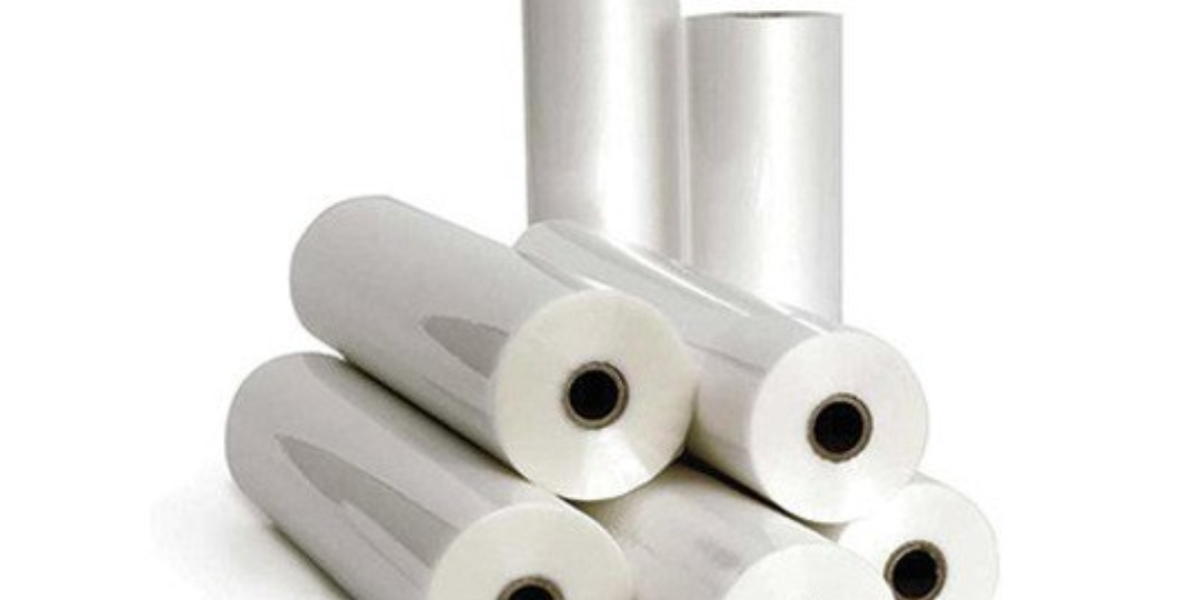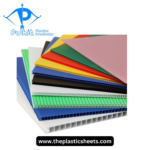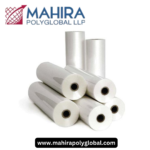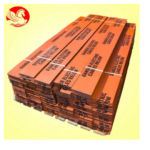Understanding LDPE Film
Low-Density Polyethylene (LDPE) film is a type of plastic that is widely recognized for its extensive applications in packaging and manufacturing. Its chemical structure, characterized by a low density and branched molecular arrangement, grants LDPE film unique properties such as flexibility, resilience, and resistance to moisture and chemicals. These traits make it suitable for various products, from food items to industrial components. Among the many forms of LDPE film, the shrink film roll is particularly notable, as it is commonly used to tightly wrap products, ensuring they remain intact and protected during transit and storage. The versatility of Mahira Polyglobal LLP results from its ability to be tailored through thickness options, allowing manufacturers and end-users to customize it to meet specific requirements.
The Manufacturing Process of LDPE Film
The production of LDPE film involves a combination of polymerization techniques using ethylene. LDPE is produced via low-pressure polymerization processes, which contribute to its distinctive properties. This process involves heating ethylene gas, which is then subjected to high pressures in the presence of catalysts. The outcome is a polymer with a highly branched structure, contributing to its lightweight and flexible characteristics. Once produced, LDPE is formed into various shapes, including the popular shrink film roll format. These rolls can be cut, sealed, and used for a range of applications in various industries. Understanding the manufacturing process sheds light on how these properties are achieved, leading to the ongoing adaptation of LDPE film to cater to contemporary packaging needs.
Applications in Packaging
LDPE film has cemented its position as a staple material in the packaging sector. One of the primary uses of LDPE shrink film is in food packaging. Its moisture-resistant nature ensures that perishable products such as fruits, vegetables, meats, and dairy remain fresh and uncontaminated. The popularity of LDPE film in packaging extends to non-food items as well; retail companies often employ it for packaging consumer goods, promotional bundles, and electronics. Its effectiveness as a barrier against dust and moisture helps maintain product integrity during storage and shipment. Furthermore, the aesthetic appeal of Shrink film roll—thanks to its clarity and glossy finish—makes it a preferred choice for businesses aiming to enhance product visibility on retail shelves.
Benefits of LDPE Shrink Film
The advantages of LDPE shrink film extend beyond basic packaging needs. This film type is remarkably lightweight, which significantly reduces shipping costs while minimizing the environmental impact. Its flexibility allows it to conform to various product shapes, ensuring no space goes unused, all while providing a tight seal against moisture and contaminants. Additionally, LDPE shrink film is durable enough to withstand handling during transportation, reducing the chances of damage to the product. The ability to print directly onto the film offers marketing advantages, as businesses can effectively communicate their brand message while delivering essential information about the product. As a result, LDPE shrink film not only fulfills functional requirements but also serves as a branding tool.
Choosing LDPE Shrink Film Manufacturers
When companies decide to incorporate LDPE shrink film into their packaging practices, selecting the right LDPE shrink film manufacturers is paramount. The expertise and quality of the manufacturer can directly influence the end-product’s performance. Companies should look for manufacturers with established reputations for producing high-quality, durable films while also offering customization options. Factors such as production capabilities, customer service, and adherence to international standards are critical in making an informed choice. Manufacturers that invest in research and development tend to stay ahead of market trends, providing innovative solutions that align with evolving customer needs. Businesses should also seek out manufacturers that prioritize sustainable practices, as environmental considerations are increasingly becoming a focal point in the packaging industry.
Sustainability in LDPE Film Production
The environmental impact of plastic production has become a significant concern for consumers and industries alike. In response, many LDPE shrink film are making strides to integrate sustainability within their production processes. Some companies are incorporating recycled materials into their LDPE film ranges, thus promoting a circular economy. Additionally, innovations in film technology have led to the creation of biodegradable LDPE films, which offer manufacturers and consumers an alternative that aligns with eco-friendly principles. By committing to sustainable practices, LDPE film producers not only mitigate their environmental footprint but also appeal to a growing demographic of environmentally conscious consumers.
Future Trends in LDPE Film
As technologies evolve, the future of LDPE film appears promising, with advancements that could transform its application and efficiency significantly. Emerging technologies are poised to enhance the barrier properties of LDPE films, making them even more effective against moisture, oxygen, and UV radiation. These improvements are particularly suited for food packaging, extending shelf life and reducing food wastage. Additionally, the demand for customization is likely to increase, prompting manufacturers to innovate further in design and functionality options. New printing technologies will enable more vibrant graphics and detailed information to be displayed on the film, improving product appeal and consumer engagement.
Conclusion
In summary, Shrink film in India stands as a versatile and indispensable material in the packaging industry, accommodating a wide range of applications across various sectors. Its unique properties and customization potential allow businesses to protect, showcase, and promote their products efficiently. The collaboration between companies and reputable LDPE shrink film manufacturers is crucial in navigating the complexities of product packaging, while the ongoing trend toward sustainability indicates that LDPE film will adapt to meet the demands of both producers and consumers in the years to come. Embracing these innovations can lead to enhanced packaging solutions that align with modern business practices and eco-conscious efforts.
Frequently Asked Questions
1. What are the primary uses of LDPE film in the packaging industry?
LDPE film is widely used for packaging a variety of products, particularly food items, due to its excellent moisture resistance. It is also used in retail packaging, consumer goods bundling, and protecting electronics during shipment.
2. How does LDPE shrink film benefit businesses?
LDPE shrink film offers multiple benefits, including cost-effectiveness due to its lightweight nature, excellent protection against moisture and contaminants, and the ability to customize branding through direct printing on the film.
3. Are there environmentally sustainable options for LDPE film?
Yes, many manufacturers are beginning to offer eco-friendly LDPE films made from recycled materials or designed to biodegrade more rapidly than traditional plastics, helping businesses align with sustainability efforts.
4. How can companies choose the right LDPE shrink film manufacturer?
When selecting a manufacturer, businesses should assess factors such as product quality, customization options, customer support, and the manufacturer’s commitment to sustainability and innovation to ensure their needs are met effectively.












